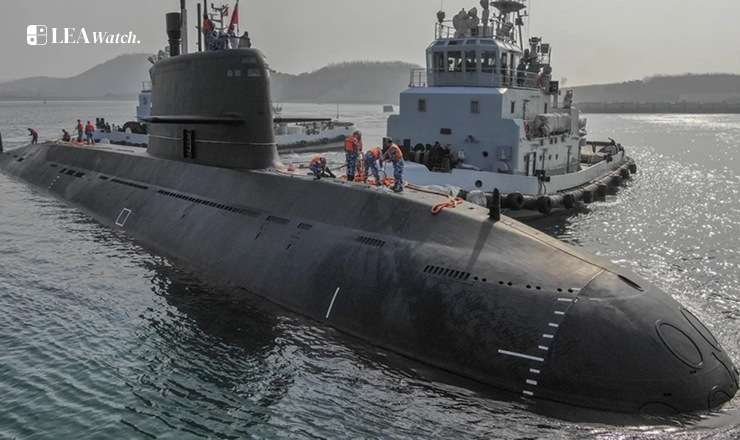Vietnam is steadily testing China’s dominance in the South China Sea. With new dredging and construction on eight reefs in the Nansha Qundao (Spratly Islands), Hanoi’s reclamation work has now reached almost 70% of China’s artificial island area is a dramatic rise in scale for a nation long seen as a smaller player in the dispute.
The latest push focuses on Anbo Reef, where Vietnam is turning shallow outcrops into medium-sized fortified islands equipped for military use. Satellite imagery shows concrete seawalls, helipads, and hardened structures designed for both civilian and military purposes. If the pace continues, Vietnam could soon rival or even surpass China’s vast island-building footprint.
Beijing has reacted sharply when Foreign Ministry spokesperson Guo Jiakun denounced the projects, declaring the Nansha Qundao as “China’s inherent territory” and accusing Hanoi of “destabilising peace.” Chinese state media has amplified the message, calling Vietnam’s actions “provocative” while emphasising China’s “indisputable sovereignty” over the disputed waters.
But for Vietnam, this is about survival and sovereignty. By planting concrete on reefs, it is shoring up its maritime claims and refusing to be boxed in by China’s expansion. Vietnamese officials frame their actions defensively, arguing that China’s massive island construction over the past decade left them with little choice but to respond in kind.
Vietnam has found a window to advance its territorial consolidation. Emerging tensions between China and regional powers have also created space for smaller nations to assert their claims more boldly.
What emerges is an uneven contest like a fisherman casting his net against a dragon that rules the skies. The fisherman has no fire, but he knows the waters better, and every reef he anchors gives him ground the dragon cannot simply burn away.
In practice, this is becoming an arms race in concrete. Vietnam pours sand and cement into the sea, while China answers with diplomatic fire and military patrols. Each side is hardening its presence, inch by inch, reef by reef. Vietnam has demonstrated surprising technical proficiency in marine engineering, while China leverages its massive industrial capacity.
Vietnam, once dismissed as too small to matter, is showing that even the fisherman’s net can tighten if cast with enough resolve – leaving the dragon with fewer moves than it expected.
For China, this presents an uncomfortable reality as its traditional tools of economic pressure and diplomatic intimidation prove less effective against a neighbour willing to absorb costs in defence of what it considers core interests. The dragon finds itself constrained by the same international frameworks it has often dismissed, facing an adversary that has learned to exploit gaps in China’s power through strategic persistence.

